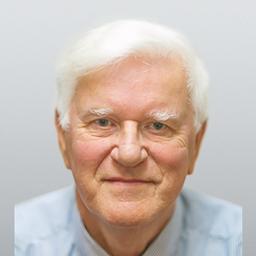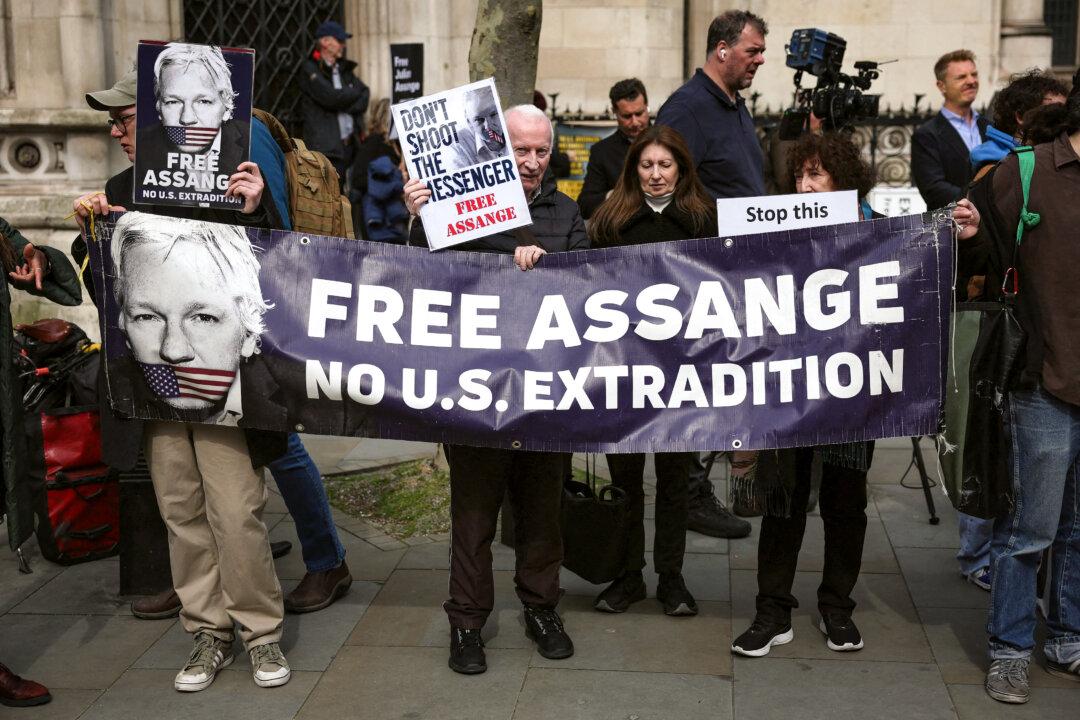Australian universities have enthusiastically embraced the concept of “diversity” because it facilitates the provision of an ideal learning environment.
For the first time, the Quacquarelli Symonds (QS) survey of universities now also measures universities’ pursuit of “diversity” as an essential component of “sustainability.”
“Sustainability” refers to university initiatives and policies that support social and environmental causes, including the achievement of net-zero emissions and a range of environmental and social sustainability metrics.
The rankings for 2024, released on June 28, reveal that Australia has three universities in the top 20 in the world: the University of Melbourne (14th), the University of New South Wales, and the University of Sydney—both tied at 19th on the list.
The University of Melbourne stands out as the best performer, improving its ranking from 34 to 14—a stellar result.
The participation of universities in the rankings game is important, especially for universities in the countries where most international students want to study: the United Kingdom, the United States, Canada, and Australia.
At the moment, more than 560,000 international students are studying in Australia, contributing a colossal amount of money to the economy.
Around 40 percent of the University of Melbourne’s 54,000 students are international students.

Censoring Certain Opinions
Going back to the new QS sustainability metric, “diversity”—the extent to which universities can assemble a “diverse” student body and staff.At the University of Melbourne, this noble idea— that the best learning environment is one where debate can occur unhindered and uncensored and all participants contribute to and learn from each other—has turned into a vicious campaign to discredit one of their feminist academics. It is a campaign that does not tolerate tolerance.
The campaign is aimed at Associate Professor Holly Lawford-Smith, who teaches philosophy and feminism.
Colleagues and students vilified the professor because she opposes gender self-identification allowed under Victoria’s Births, Deaths and Marriages Registration Act 1996.
The law allows a person to change their gender, provided they are 18 years or older and have not made an application to change their gender on their birth certificate “within the 12 months preceding the date of making the application.”
Specifically, Prof. Lawford-Smith is concerned about the possibility that predatory men might use the gender self-identification law to gain access to women-only facilities, such as bathrooms, change rooms, and toilets, thereby endangering the hard-won existing rights of women.
However, her views were furiously attacked by those who were protective of transgender rights. She was denounced for allegedly vilifying transgender people and potentially labelling them as predatory, promoting hate speech, and distributing misinformation.
Her critics sent a letter, signed by students and staff members, to the university authorities, demanding that they take firm action immediately.
Although her opponents’ request was unsuccessful, and Ms. Lawford-Smith continued to teach her feminist courses in philosophy, her reputation may well be severely thrashed.

The campaign waged by transgender activists is ongoing. It was recently reported that she has lodged a formal complaint against the University, allegedly for failing to provide a safe workspace.
Specifically, Ms. Lawford-Smith accuses the University “of occupational health and safety breaches, of bullying her for her political views, and of undermining the university’s stated commitment to academic freedom.”
The anonymous attacks intensified after she attended the Let Women Speak rally in Melbourne, which saw MP Moira Deeming demonised and banished from the Victoria Liberal Party.
The attacks also targeted her students in her second-year feminism class—a truly disgusting situation because her opponents want to inflict damage without having to suffer the consequences of their actions.
She was also subject to disciplinary measures taken by the university.
Diversity of Thought Forgotten
The university’s rejection of the gender activists’ demands and its implied defence of “tolerance”—a necessary component of diversity—may have helped the university to gain its most favourable QS ranking, scoring highly on the sustainability criterion.If so, the university has ensured that the diversity debate is not limited to merely rubber-stamping the demands of transgender activists who want their views accepted by the school community to the exclusion of others.

This ongoing conflict is evidence of the fickle nature of “diversity”, and it raises the question of how universities will choose to position themselves between the rights of biological women and those who promote a transgender agenda.
Ultimately, it is an issue of academic free speech on campus and the unwillingness of many staff members and students to discuss controversial issues in a tolerant environment.
Disturbingly, this sordid saga reveals the shocking quality of debate on campus (or, more likely, the absence of it) and exposes the opinionated mindset of those staff members and students who lack the tolerance to allow for scholarly and impartial discussion to take place on campus.
Surely, sanity requires that university administrations should ensure that the pursuit of “diversity” to bolster their “sustainability” credentials should not stifle free speech and, instead, should facilitate the discussion of the widest array of opinions on any topic.
It is unlikely that a command-and-control operating procedure will achieve this goal: this goal can only be achieved if there is a culture of tolerance of different and incompatible opinions, the existence of which is promoted by a truly diverse community of scholars and students.
As Mr. Murray reminds us, for “diversity” to work properly, tolerance of all ideas is necessary.
Surely, a university that successfully implements a version of “diversity” that tolerates all ideas deserves a high QS ranking.





